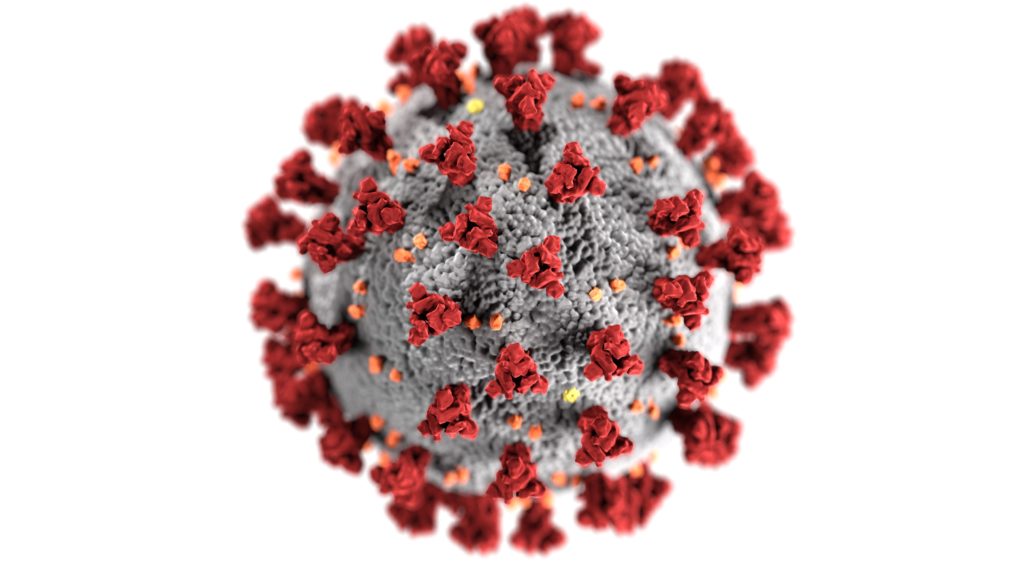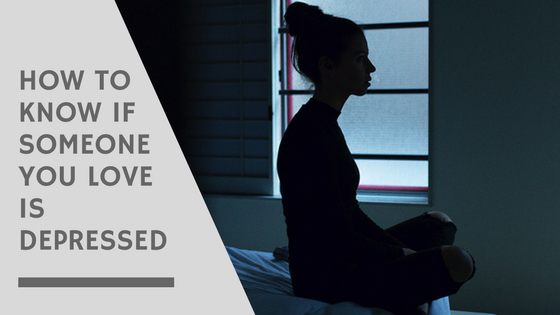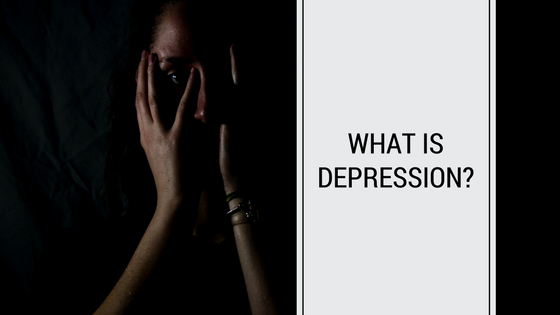If you are like me, setting goals for the year might be both inspiring and daunting. It’s one thing to be motivated and another to create it. The trick I’ve learned is to make goals that have reasonable outcomes and that involve smaller steps that can be “chipped away” gradually over time.
One of the benefits of a new year is simply a fresh start. A time to regroup and think about what’s working, what’s not, what is a drain to our lives, and a time to revisit things that generally make us feel happy. Our thoughts, physiology, and behaviors are all connected. So, why not take a look at these aspects more closely and “clean house,” so to speak. If living more mindfully and emotionally healthy is important to you, try some of these tips for starting your year out with success.
What are you eating?
The types of food we take in are directly linked to our mental health. Healthier options result in better wellness overall, however poorer food choices are linked to higher rates of depression and anxiety. Not sure what you eat? Try a food diary or app to track patterns.
Get Physical.
10-20m a day of brisk walking has wonderful mental health benefits, discharges heightened emotion, and can assist with improved sleep. Walk your dog, or find a buddy. Either way, get moving!
Improve your sleep
Do you have sleep hygiene? Do you get enough sleep? Consider how you prepare your body for sleep. Taking a bath, doing quiet activities (reading, journaling, coloring, etc), stretching, and stopping screen time 1-2 hours before sleeping results in a better quality of sleep. Going to bed and waking up at the same time every day is another benefit to consistent sleep cycles.
Relax
Seriously, we are a society bombarded with stimulation and anxiety. Tense and release your muscles, try a few yoga poses, listen to calming music. Find an activity that is enjoyable, results in feeling calmer, and do that activity often!
Have Fun!
Accumulate positive experiences. Play board games, go bowling, get outside, play! Pleasure increases the “feel good” chemical in the brain.
Connect with healthy people.
Spending time with others (i.e family, friends, religious community, and pets, etc) reduces loneliness and improves our social well-being with others. Read more here: The Power Of Connections.
Practice gratitude and positive thinking
This does take effort, but reflecting on the positive aspects in one’s life has long-term health benefits and can change the brain for the better!
Consider therapy
While not everyone needs therapy, it is a place to vent concerns, learn new ways to cope, establish goals, and creates a climate for improving one’s situation with support. Anyone can benefit from talking to someone and learning new ways to better one’s self.
Create a new habit
Did you know it takes 21 days to create a new habit? To create a new habit or change an old one, first determine your goal. Break that goal into smaller steps. Begin tracking the behavior you wish to change. Next, consider a healthy alternative behavior you could do instead. Track your progress, and include that change daily so it becomes a routine.
Be kind to yourself
If you have a setback, look at your self with compassion and not with criticism. Goals might take longer than expected sometimes. It’s ok. Keep plugging away!
If you find that you’d like more support with goal-setting and improving your mental health wellness for the better, contact me at SHCS!









